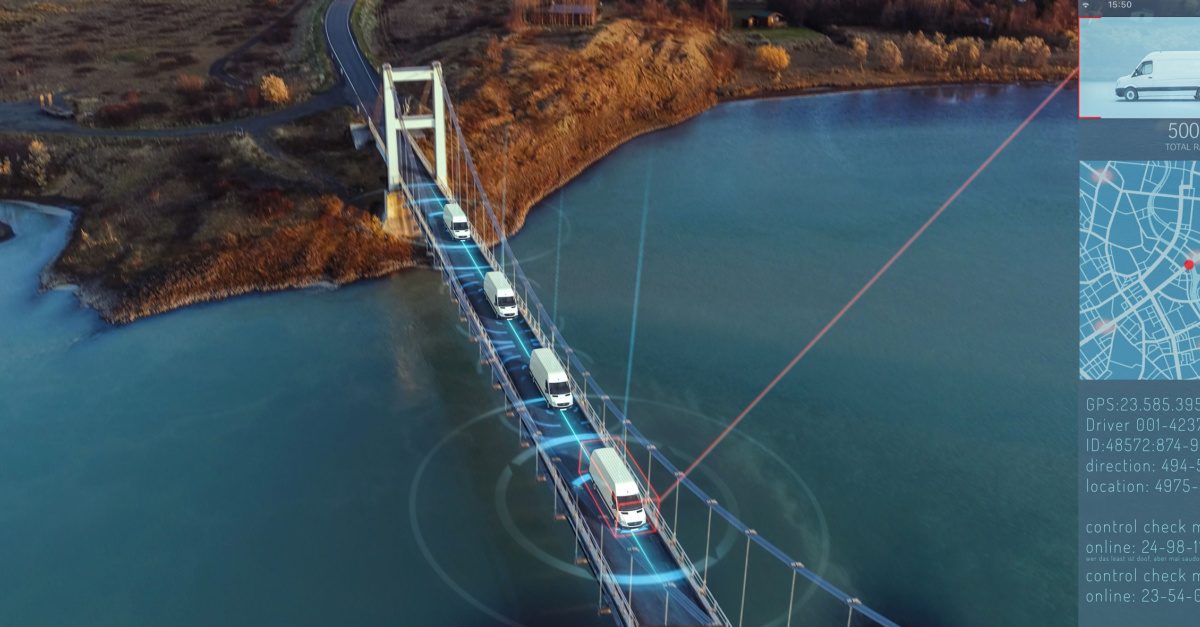
What Do Self-Driving Trucks Mean for the Future of Supply Chain Hiring?
Automation has made waves across industries for decades, and now it’s coming to supply chains. As self-driving technologies improve, the future of autonomous trucks draws nearer, raising questions about what it means for truckers.
Heavily automated industries today, namely manufacturing, haven’t experienced the dramatic job losses many feared with the advent of robots. However, some disruption is inevitable, and as technology improves, its limits, even compared to humans, fade.
As automation starts to seep further into the supply chain sector, it will certainly affect employment, but perhaps not in the way some people fear. Both now and in the long run, self-driving trucks could actually improve supply chain hiring.
Mitigating Driver Shortages
Supply chains today are in dire need of truckers, but human workers aren’t filling those roles. According to the American Trucking Association (ATA), the U.S. needs roughly 78,000 additional drivers to meet current demand. As more workers retire and fewer enter the industry to replace them, that shortage could reach 160,000 by 2031.
In light of this shortage, self-driving trucks wouldn’t replace truckers but help existing workers meet demand. Automating an entire fleet simultaneously would be economically unfeasible and technologically impractical, even impossible. Consequently, supply chains would integrate self-driving trucks to expand what their workforce can accomplish, but they’ll still need human drivers.
Early autonomous vehicles could even boost employment. The first self-driving trucks will need human supervisors to take over if they malfunction. These positions’ novel technology and reduced stress from less human input could attract younger workers who’ve stayed away from the industry before.
Long-Term Role Changes
Of course, as self-driving trucks improve and become more affordable, demand for human supervisors will decline. Fleets may also implement more of these trucks, softening demand for drivers to fill any remaining gaps. This shift means the truck driving profession will eventually fade, but other positions will rise in its place, balancing out the overall impact on employment.
Consider how trains still play a crucial role in moving freight despite declining as a means of passenger transportation after the advent of cars and planes. New technologies shift responsibilities and transform roles, not just take over existing ones. For self-driving trucks, this means fewer human drivers but more warehouse workers and technicians.
Because autonomous drivers don’t face shift restrictions and can’t get tired, they’ll improve shipping efficiency. Warehouse operations will also have to increase to sustain this higher productivity and meet demand, creating new positions for job-seekers. With heavier reliance on robots, supply chains will also need more robotic technicians to service them.
Filling these roles will require reskilling to minimise workforce disruption. Considering how almost half of all American workers would switch jobs if offered new upskilling opportunities, this shift can help improve employee sentiments, too.
How Soon Will This Shift Occur?
Success in automation and effective reskilling programs rely on early responses to developing trends. As a result, supply chain employers must keep an eye on self-driving technologies’ development to understand when to start shifting to capitalise on them.
Fully autonomous cars are facing slower development than expected, but long-haul trucks may be easier to automate, thanks to their more predictable routes and highways’ easier traffic patterns. Some companies expect to remove drivers from autonomous trucks as early as 2024, though regulatory issues may delay that shift.
Driverless trucks are already helping fulfill peak season demand in some areas, though their implementation is still fairly limited. Given these trends, supply chains can likely expect to deploy at least basic self-driving trucks by 2030. The most dramatic effects on employment will take longer, but companies that start preparing for that shift now will see the most future success.
Self-Driving Trucks Will Improve Supply Chain Workforces
Automation can be an intimidating prospect, especially for workers whose jobs initially seem at risk. However, given current shortages and technology’s long-term job creation, self-driving trucks will have an overall positive impact on supply chain employment. While that means some initial disruption, the future is bright for both truckers and their employers.

At the Institute of Supply Chain Management (IoSCM), we offer a range of specialist Transport and Logistics courses online, with support from Supply Chain industry expert tutors every step of the way. Our Logistics and Transport experts are unrivalled worldwide, with years of experience in the industry, so they are ideally placed to guide you through the next steps in your career.
